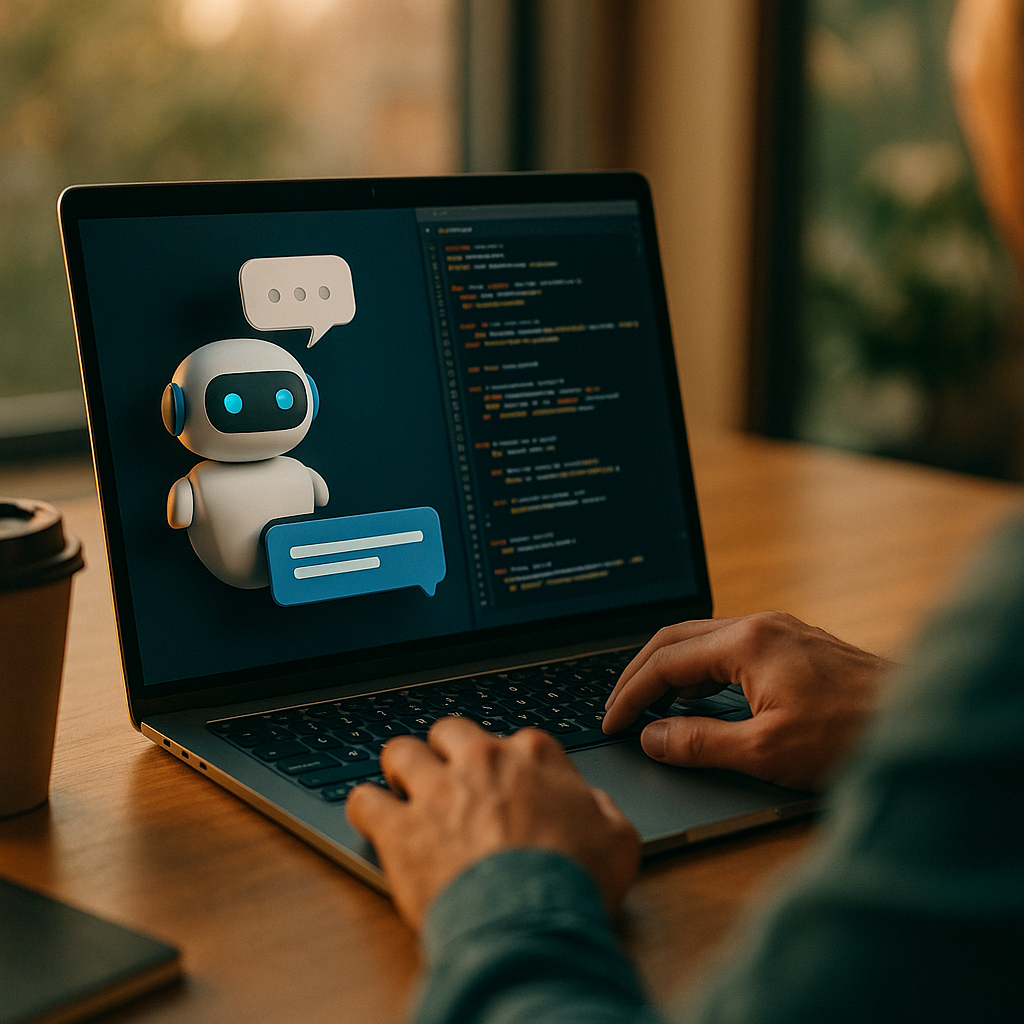Using AI to analyze and optimize your customer service chatbot performance isn’t just a trend—it’s a necessity for brands wanting to stay competitive in 2025. Effective chatbot management can transform customer experiences, increase operational efficiency, and drive long-term loyalty. But what does it take for AI to unlock your chatbot’s full potential? Let’s explore actionable strategies and best practices.
Understanding Chatbot Analytics: The Foundation of Performance Improvement
AI-powered chatbot analytics are the cornerstone of digital customer service success. Businesses in 2025 are pivoting from basic metrics like chatbot usage volume to sophisticated data such as sentiment analysis, response accuracy, and user intent recognition. By leveraging AI, you can extract deep insights from:
- Conversation transcripts – Analyze themes, customer emotions, and intent shifts.
- Resolution rates – Track how often bots solve customer issues without escalation.
- Session drop-offs – Identify at which points users disengage and why.
- First-contact resolution (FCR) – Measure immediate problem solving, a key performance indicator linked to satisfaction.
With the granularity AI offers, managers gain a clear, data-backed understanding of what works—and what fails to meet expectations.
Enhancing Customer Satisfaction with AI Optimization Tools
High customer satisfaction is the gold standard, and AI optimization tools help you achieve it. By continuously monitoring chatbot-customer interactions, sophisticated AI models highlight friction points and suggest improvements for:
- Response accuracy – AI identifies ambiguous or ineffective replies and recommends refined language or additional training data.
- Personalization – Machine learning parses user context and history, enabling chatbots to make tailored recommendations and empathic responses.
- Speed and efficiency – AI optimizes response times by routing queries and prioritizing urgent requests.
Recent studies show that over 70% of customers will return to brands whose bots resolve their needs quickly and empathetically. With real-time AI feedback loops, your chatbot remains aligned with evolving customer expectations.
Automated Quality Assurance for Customer Service Bots
Manual QA alone can’t keep up with the pace and volume of today’s chatbot engagements. AI-driven automated quality assurance enables your team to:
- Monitor 100% of conversations – Rather than sampling, AI reviews all transcripts, catching recurring issues or new problems as soon as they arise.
- Score interactions – Sentiment analysis and intent matching quantify user satisfaction, agent helpfulness, and compliance with business guidelines.
- Identify compliance risks – Data privacy, legal disclaimers, and accessibility features are assessed in real time.
By integrating AI into your QA process, you ensure regulatory adherence, boost conversion rates, and reduce operational risks—without overwhelming human auditors.
Leveraging Predictive Analytics for Chatbot Performance Enhancement
Predictive analytics has emerged as a game-changer in chatbot optimization. Harnessing AI, you can forecast customer behavior trends, spot demand surges, and proactively adjust chatbot workflows. AI enables proactive actions such as:
- Traffic forecasting – Predict peak interaction times and dynamically allocate resources.
- Churn prediction – Identify signals of customer frustration so the bot can escalate to live agents before dissatisfaction unfolds.
- Knowledge base updates – Analyze trending queries and automatically suggest fresh content or FAQs to fill knowledge gaps.
These predictive insights aren’t just about optimization—they’re about anticipating needs and delivering a proactive, human-like customer experience.
Continuous Learning: Using Feedback Loops to Elevate Chatbot Intelligence
The beauty of AI-driven bots lies in their ability to learn and evolve. Implementing continuous feedback loops involves:
- Automated self-training – Chatbots retrain with new, real-world customer interactions, improving accuracy with each session.
- Crowdsourced corrections – Allowing users or agents to rate responses and flag misunderstandings fuels improvement.
- Integration with CRM systems – Syncing chatbot insights with customer records produces tailored, high-quality engagements.
By embracing these strategies, organizations foster a virtuous cycle of chatbot performance that produces measurable business results month after month.
Ensuring Trust: Data Privacy and Transparency in AI Chatbot Operations
In 2025, digital trust is non-negotiable. Data privacy regulations and ethical AI standards shape chatbot deployment. Ensure your chatbot practices include:
- Clear disclosure – Inform users when they’re interacting with AI and offer a seamless handover to human support.
- Transparent data usage – Explain what data is stored, for how long, and how it’s protected—meeting GDPR, CCPA, and emerging privacy requirements.
- Audit trails – Maintain detailed logs for every bot interaction, supporting accountability and rapid incident response.
Proactive communication and compliance build customer loyalty and augment brand reputation, creating confidence in your chatbot’s AI-driven capabilities.
In summary, using AI to analyze and optimize chatbot performance is more than a technical improvement—it’s a strategic move. By implementing analytics, predictive tools, continuous feedback, and robust privacy standards, brands can consistently deliver seamless, trust-inspiring customer experiences in 2025 and beyond.
FAQs: Using AI to Analyze and Optimize Your Customer Service Chatbot Performance
-
How does AI improve chatbot accuracy?
AI continuously reviews conversation histories, learning from customer inputs and outcomes. Natural language processing and machine learning help the chatbot understand intent, deliver more accurate responses, and correct mistakes over time.
-
What metrics should I monitor to assess chatbot performance?
Key metrics include number of conversations, resolution rate, customer satisfaction (CSAT), first-contact resolution rate, average response time, and negative sentiment incidents. AI platforms often provide insights into user emotions and intent, offering a deeper measure of engagement.
-
Are AI-optimized chatbots secure and privacy-compliant?
Yes, when implemented correctly. Ethical chatbot platforms are designed with data privacy as a core principle, supporting compliance with all major regulations. Transparency about AI usage and data handling is essential for building user trust.
-
Can AI predict when a chatbot should transfer to a human agent?
Absolutely. AI models detect frustration, confusion, or unresolved queries in real time, triggering escalation to human support before customer dissatisfaction escalates.
-
How often should I retrain my customer service chatbot using AI?
For optimal results, implement a continuous feedback mechanism so chatbots retrain automatically as new data arrives. Manual review every quarter can further enhance accuracy and relevance of responses.
